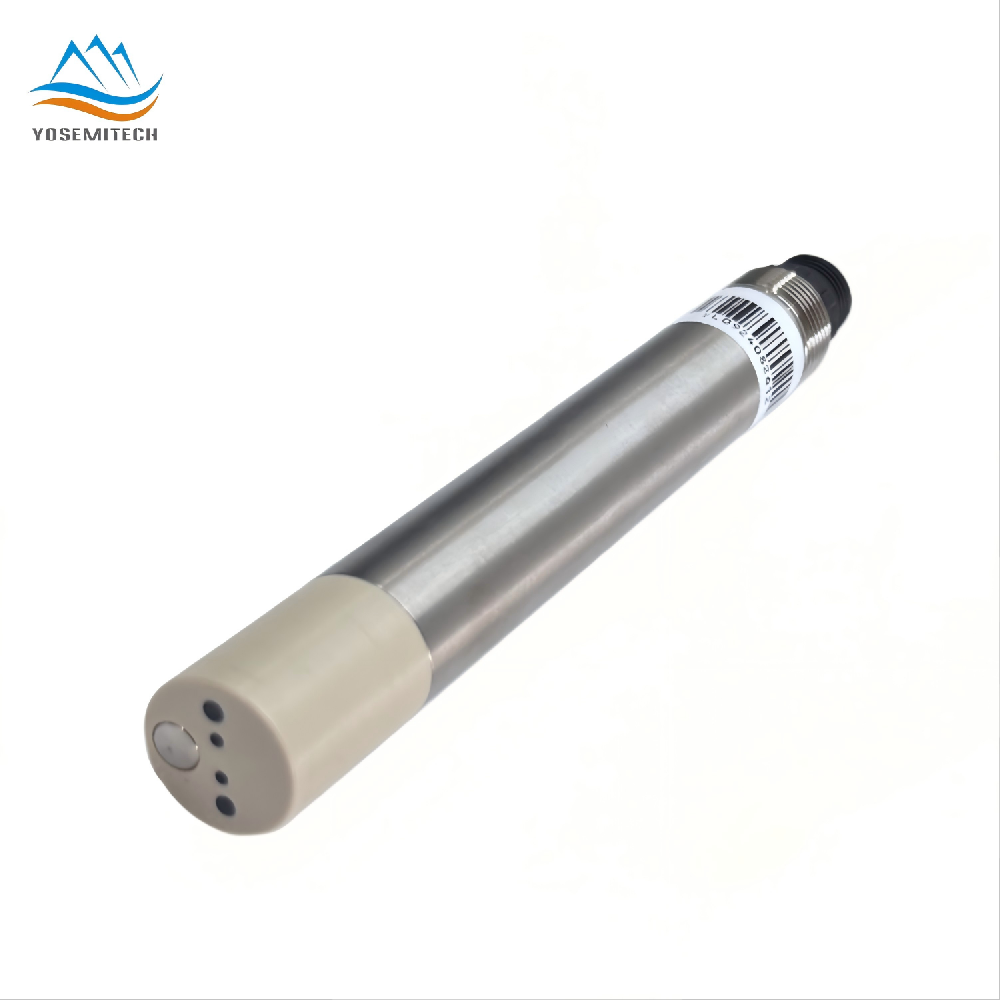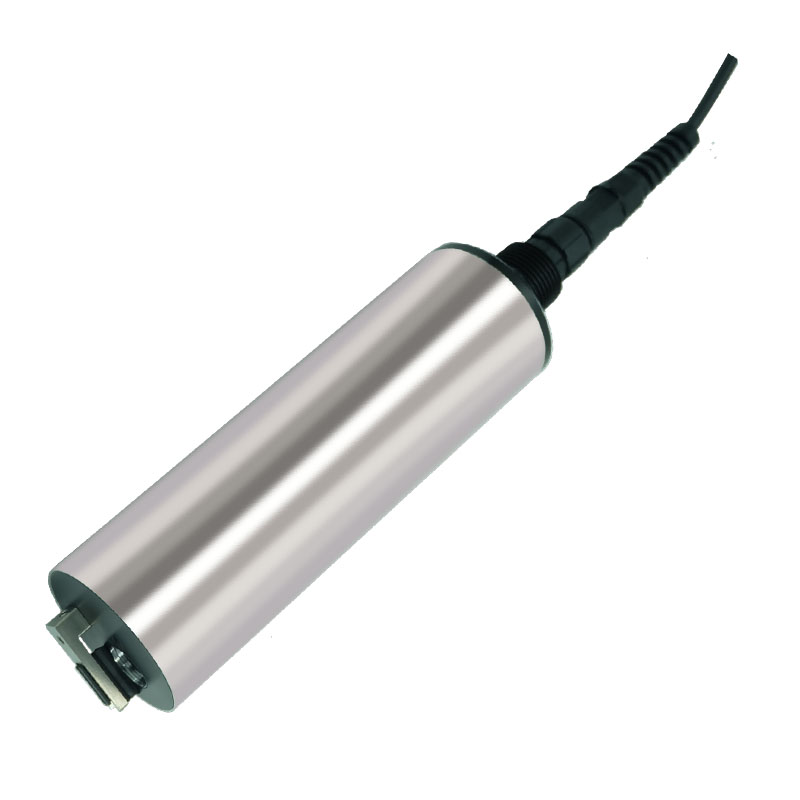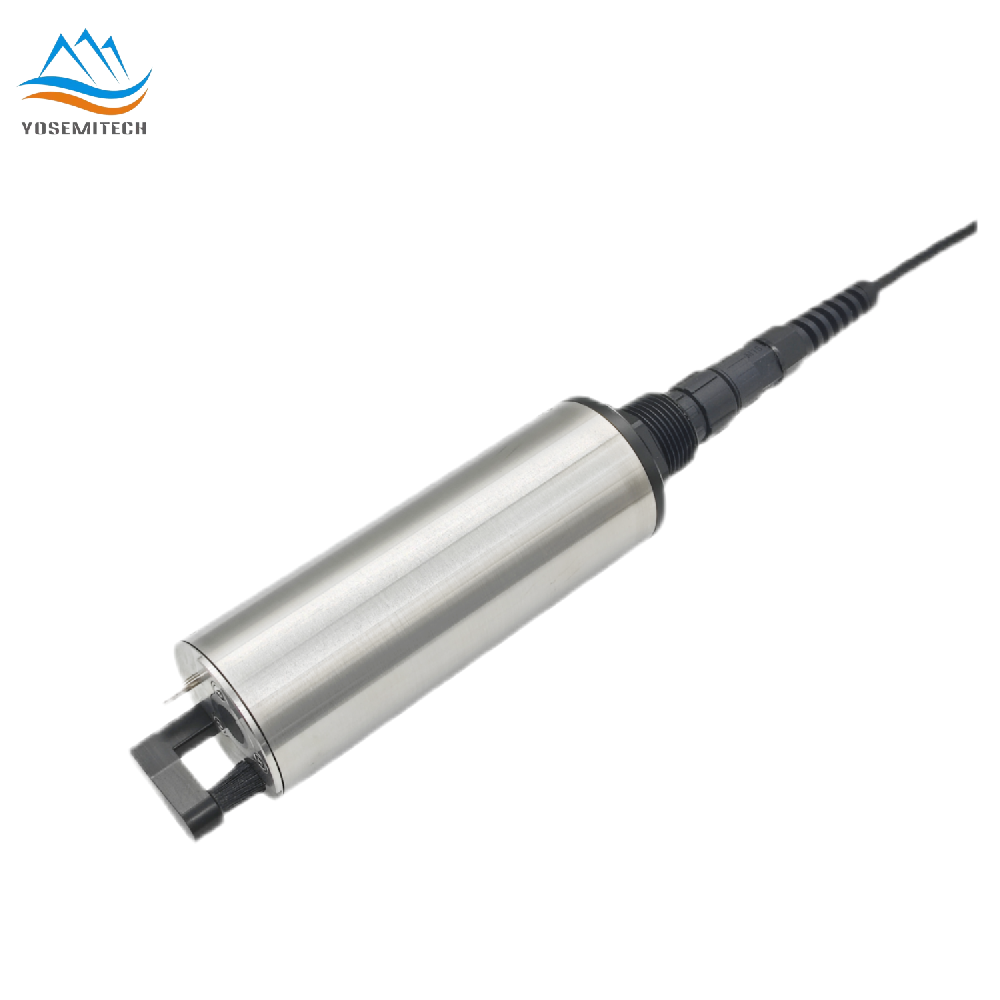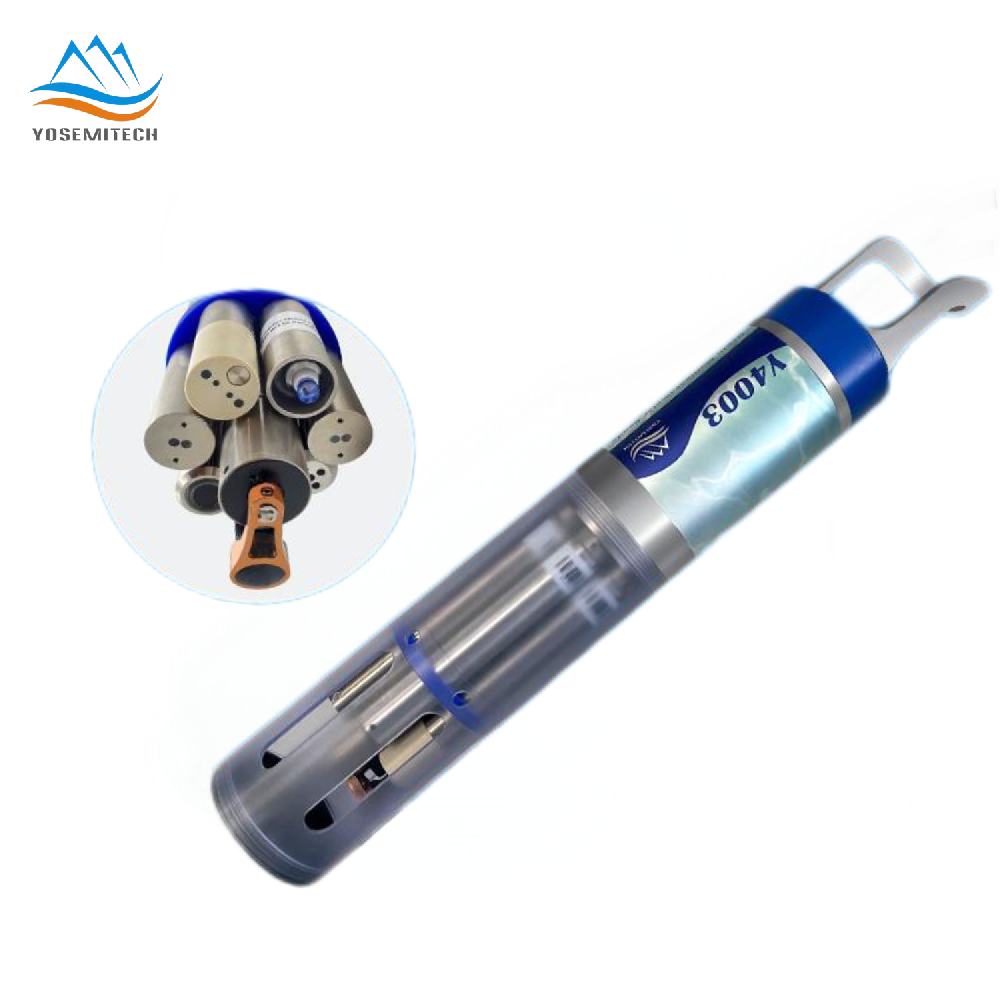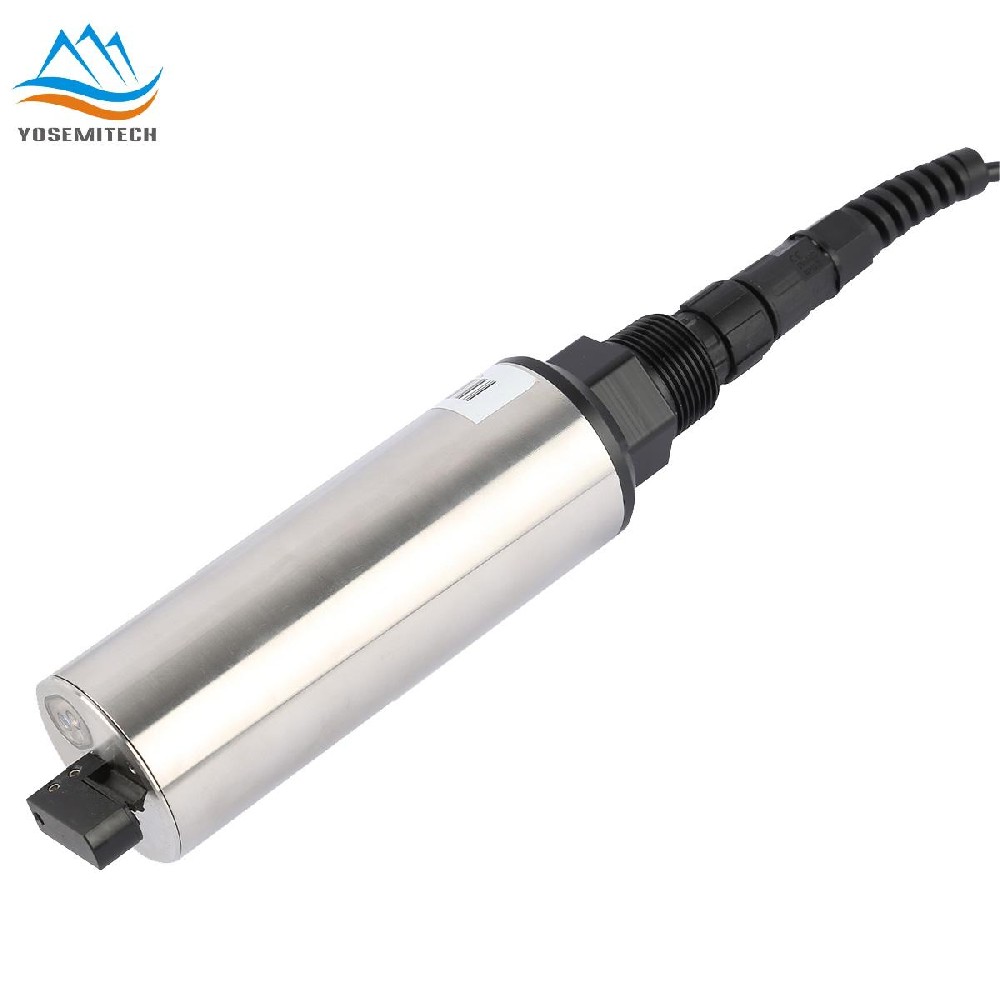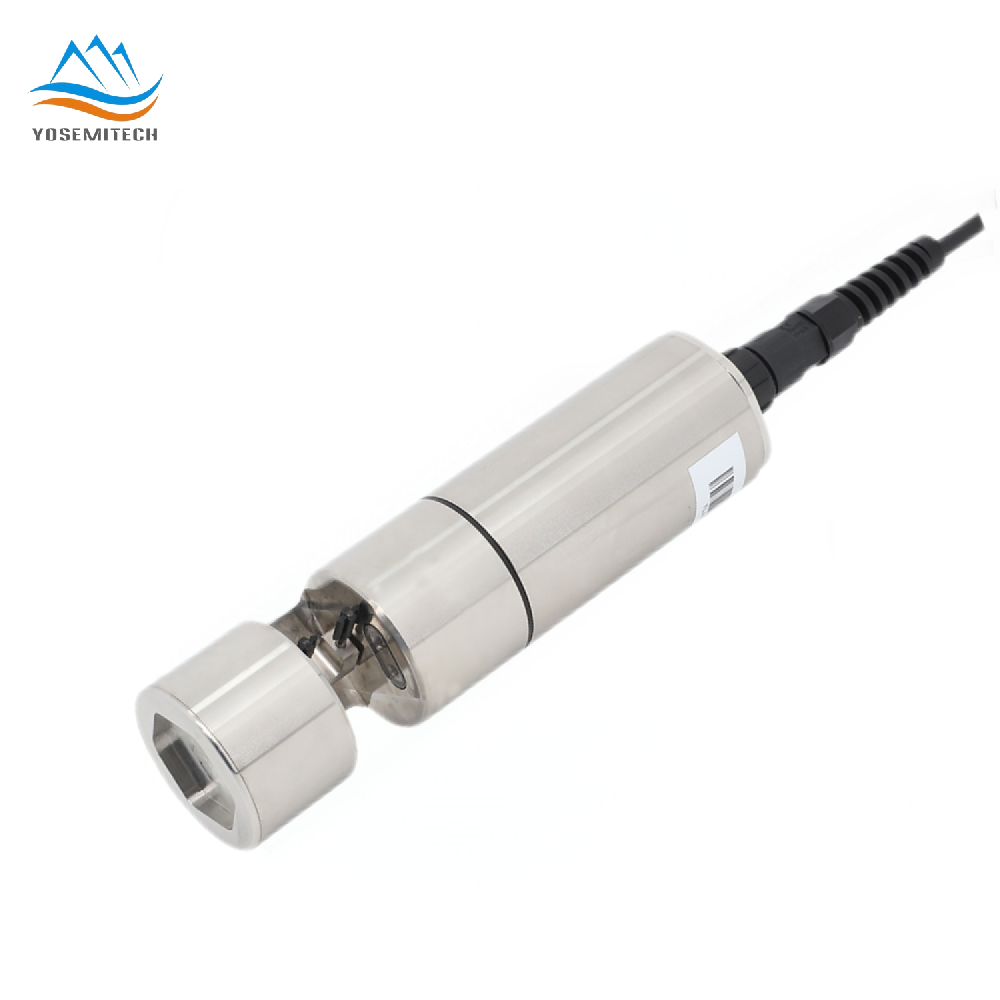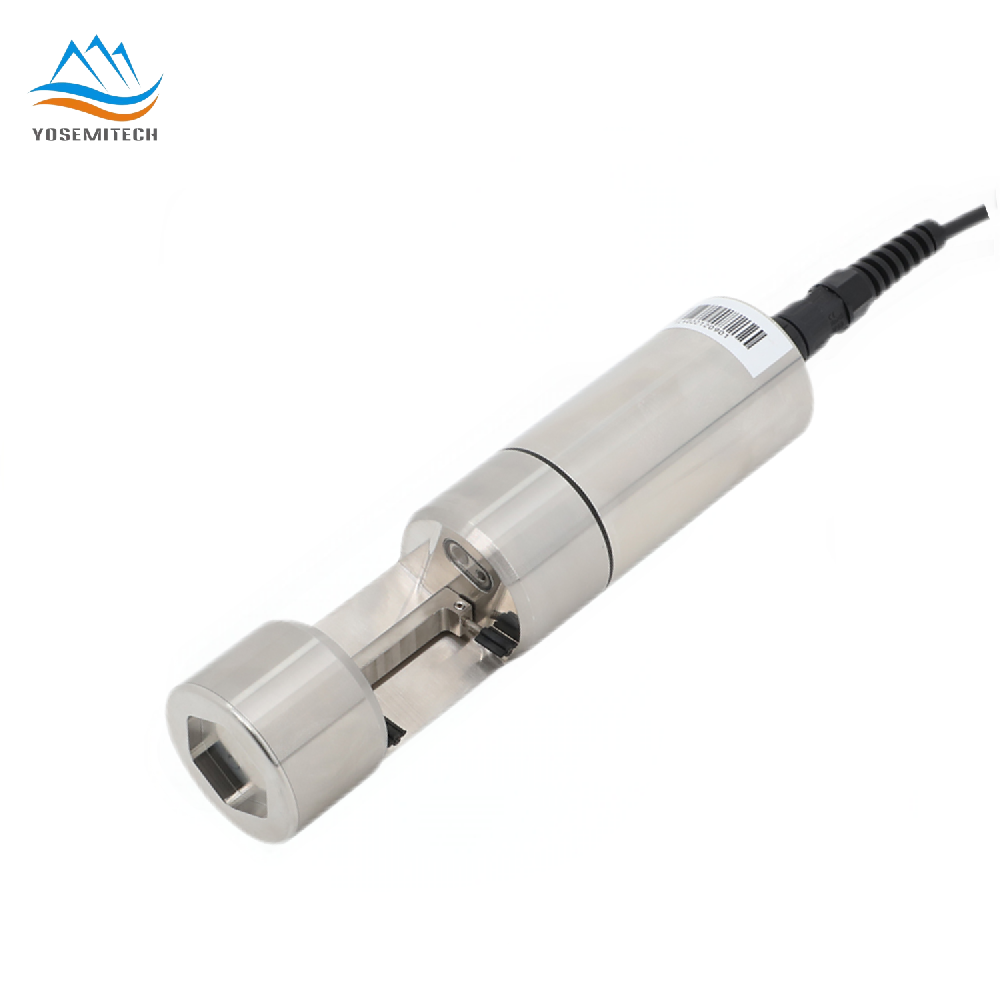Industry news
How to Measure the Color of Water
Writer: admin Time:2025-06-20 10:37:24 Browse:689℃
Drinking water is a vital resource for daily life, and its quality directly impacts human health. Water color—an indicator of water quality—refers to the hue intensity caused by dissolved or suspended impurities. While pure water is colorless, contaminants like organic matter or industrial pollutants often impart visible coloration.
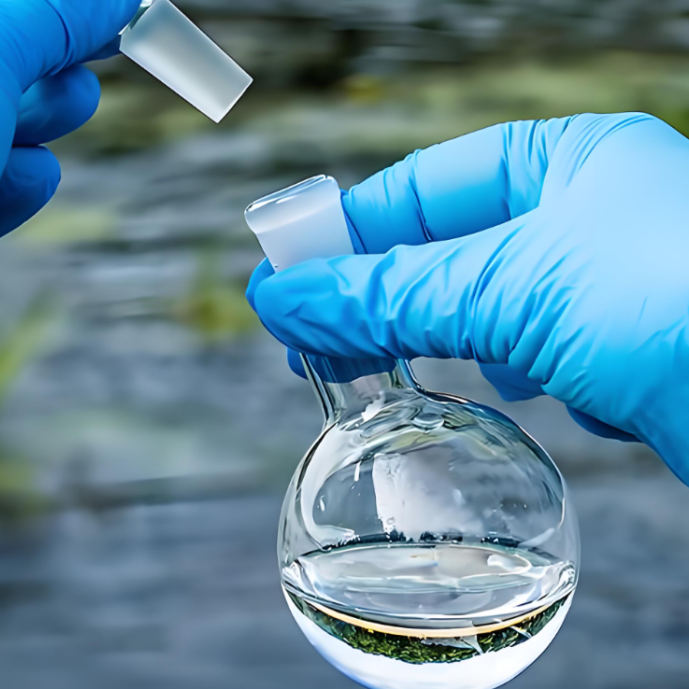
What Is Water Color?
Water is naturally colorless, odorless, and tasteless. However, soluble organic compounds, inorganic ions, or suspended particles (e.g., algae, metal ions, or industrial dyes) can alter its appearance, resulting in measurable color intensity. Water colorimetry quantifies this phenomenon, serving as a critical sensory and analytical parameter for assessing both natural and treated water.
Why Measure Water Color?
Water Quality Quality: Color changes often signal contamination from humic substances, algal blooms, or industrial effluents (e.g., heavy metals or synthetic dyes). Timely detection helps identify pollution sources and severity.
Drinking Water Safety: High color levels may erode public trust and indicate harmful substances like organic pollutants or toxic metals linked to long-term health risks.
Industrial Applications: Strict color standards are essential for manufacturing processes (e.g., textiles, paper) to ensure product consistency and protect equipment from scaling or corrosion.
Environmental Monitoring: Tracking color trends aids in evaluating pollution dynamics, guiding conservation efforts, and assessing waterbody restoration efficacy.
Factors Affecting Water Color
Source Contamination: Organic matter or metal infiltration (e.g., from agricultural runoff or industrial discharge) elevates color levels.
Poor Treatment Practices: Overuse of disinfectants (e.g., chlorine) may leave residues that intensify coloration.
Aging Infrastructure: Corroded pipes leach metals or organic byproducts into water supplies, exacerbating discoloration.
Methods to Measure Water Color
Visual Colorimetry: Compare samples against calibrated color disks or tubes.
Spectrophotometry: Apply the Lambert-Beer Law to measure absorbance at specific wavelengths.
Photoelectric Colorimeters: Convert color intensity to digital readings via optical sensors.
Spectroscopic Analysis: Use full-spectrum scanning and chemometric models for high-precision detection.
Yosemitech has newly launched a low range color sensor specifically designed for the color detection of drinking water. This sensor uses an optical detection method and doesn't require the use of chemical reagents, effectively reducing environmental pollution and cost expenditures. The sensor is equipped with a built-in cleaning brush that automatically compensates for turbidity interference, making it suitable for long-term online water quality monitoring. It is widely applied in drinking water, tap water leaving the factory, tap water networks, groundwater monitoring, etc.
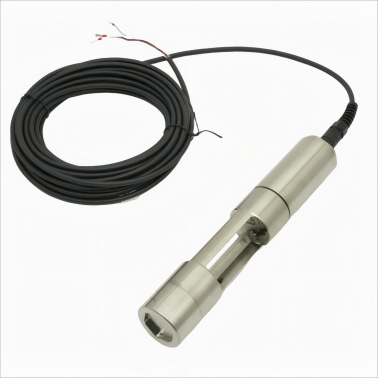
Y534-A Low Range Color Sensor-Water Quality Sensor Manufacturer-Yosemitech
Conclusion
Water color measurement is pivotal for safeguarding public health, industrial processes, and aquatic ecosystems. Yosemitech advanced color sensor—with its zero-pollution design and smart turbidity compensation—delivers reliable, sustainable solutions for modern water quality management. To explore cutting-edge monitoring technologies, contact Yosemitech and join us in protecting this precious resource.
CATEGORIES
CONTACT US
Yosemitech Technologies Co., Ltd
 +86 19984844080
+86 19984844080
 sales@yosemitech.com
sales@yosemitech.com
 Bldg,25,CECEP Industrial Park, No. 18 Dongchang Rd. Suzhou Industrial Park, Jiangsu Province,China 215126, China
Bldg,25,CECEP Industrial Park, No. 18 Dongchang Rd. Suzhou Industrial Park, Jiangsu Province,China 215126, China
